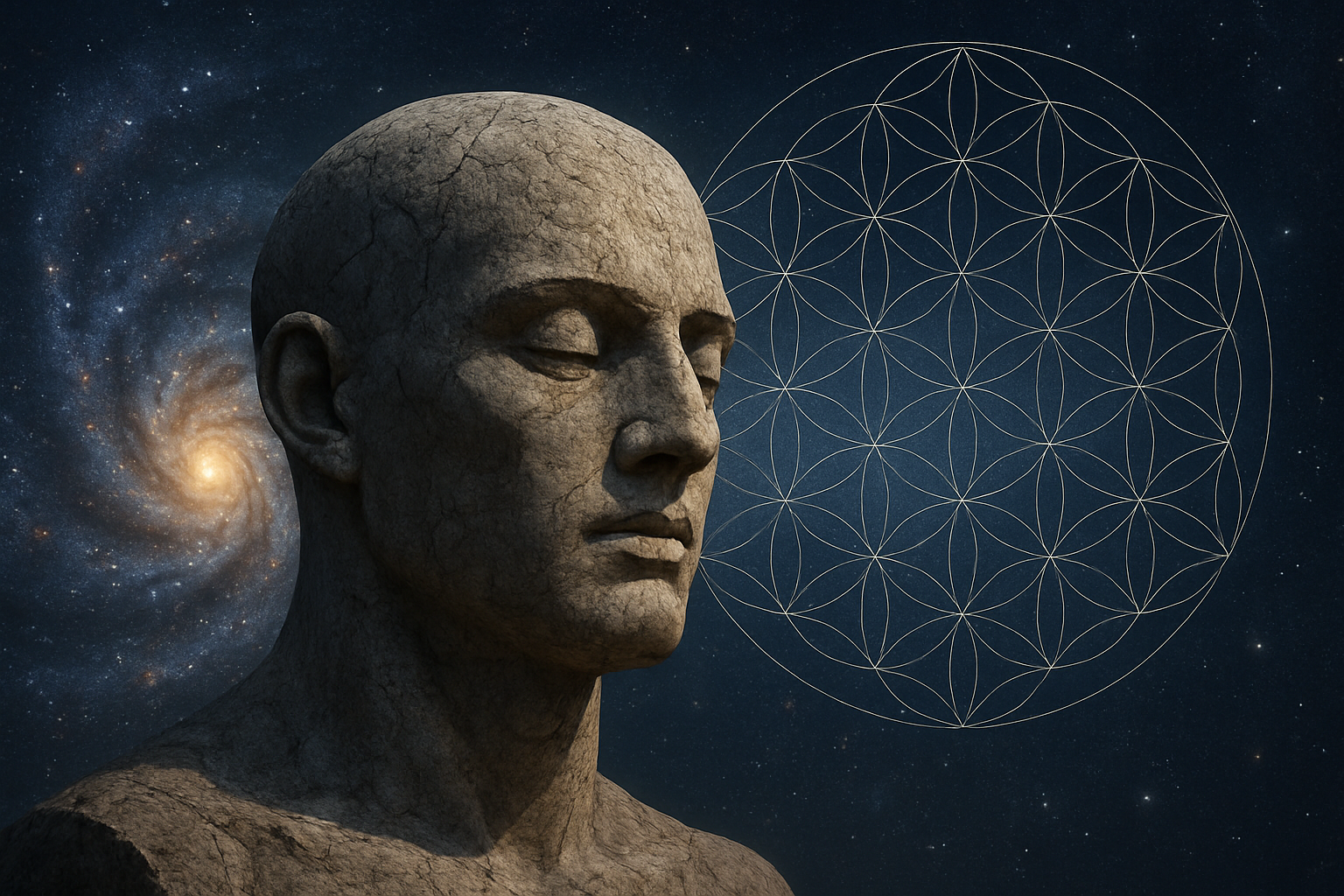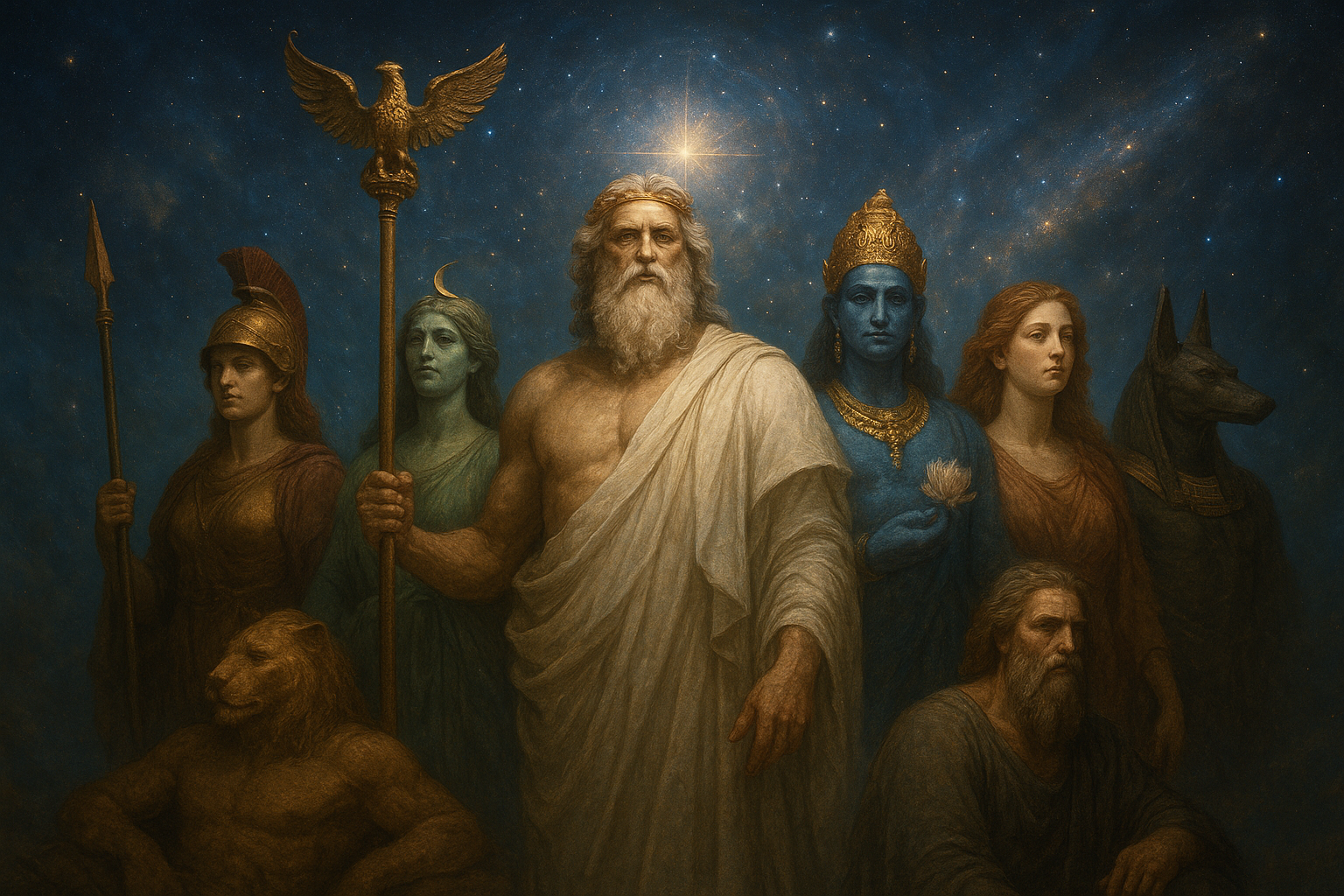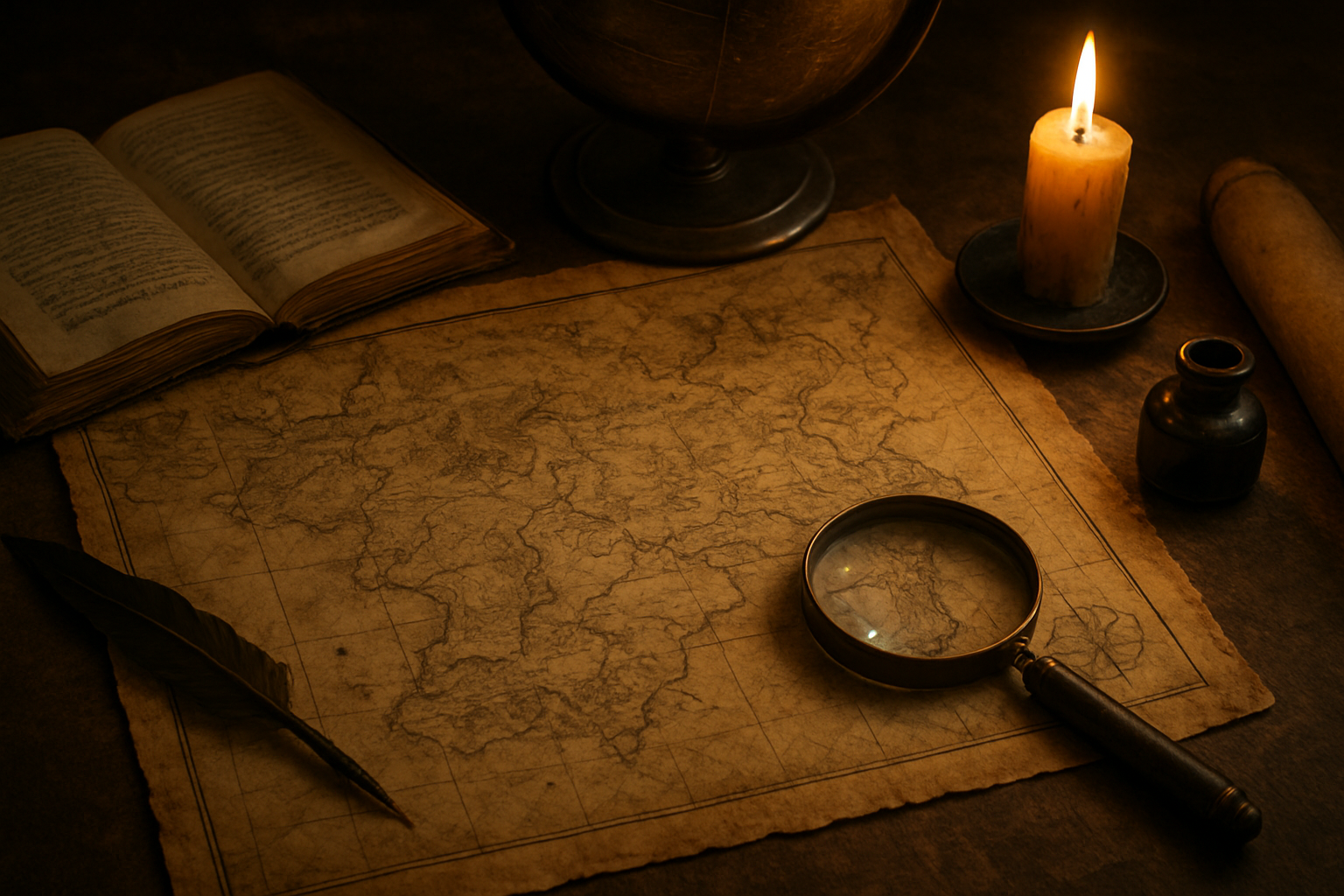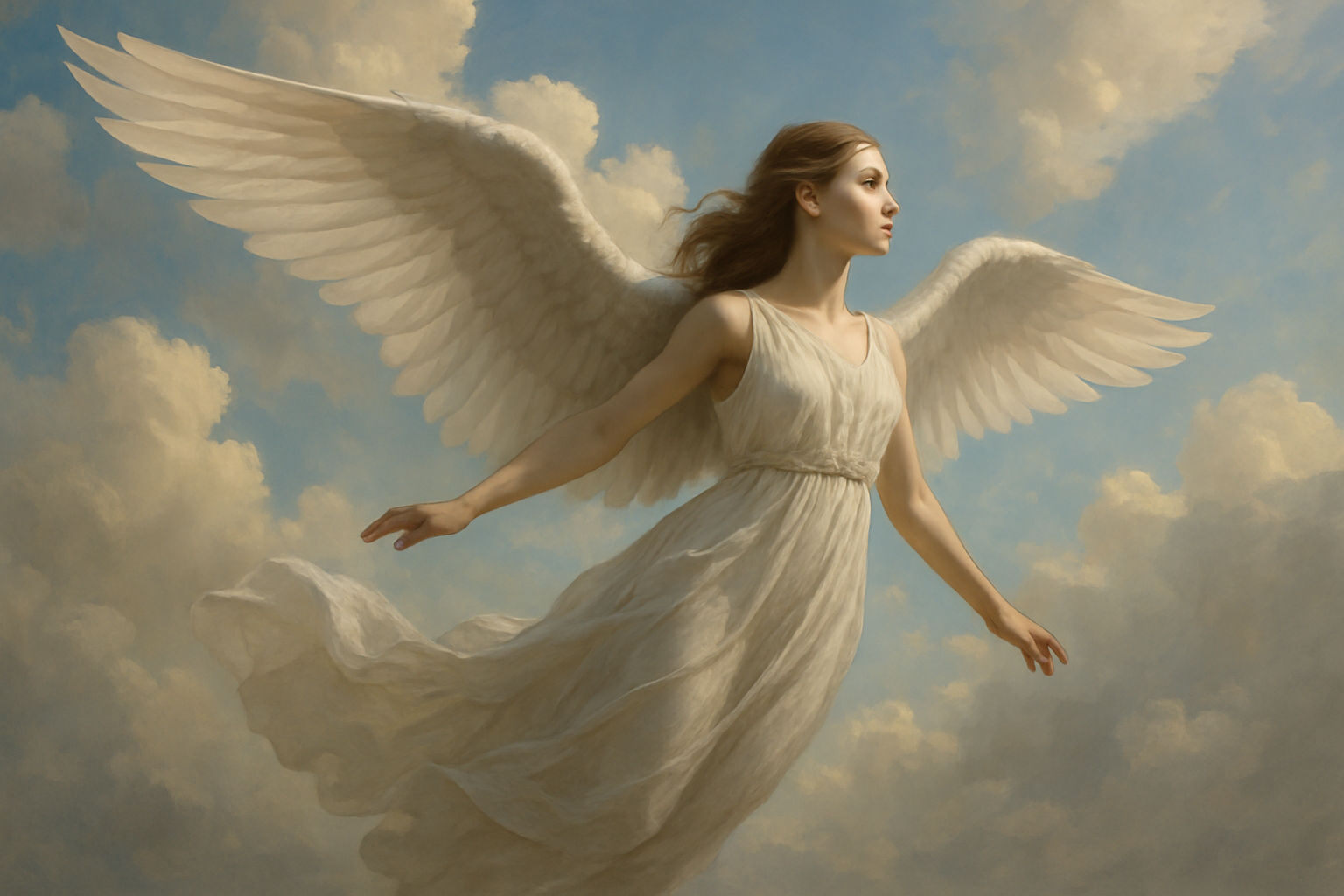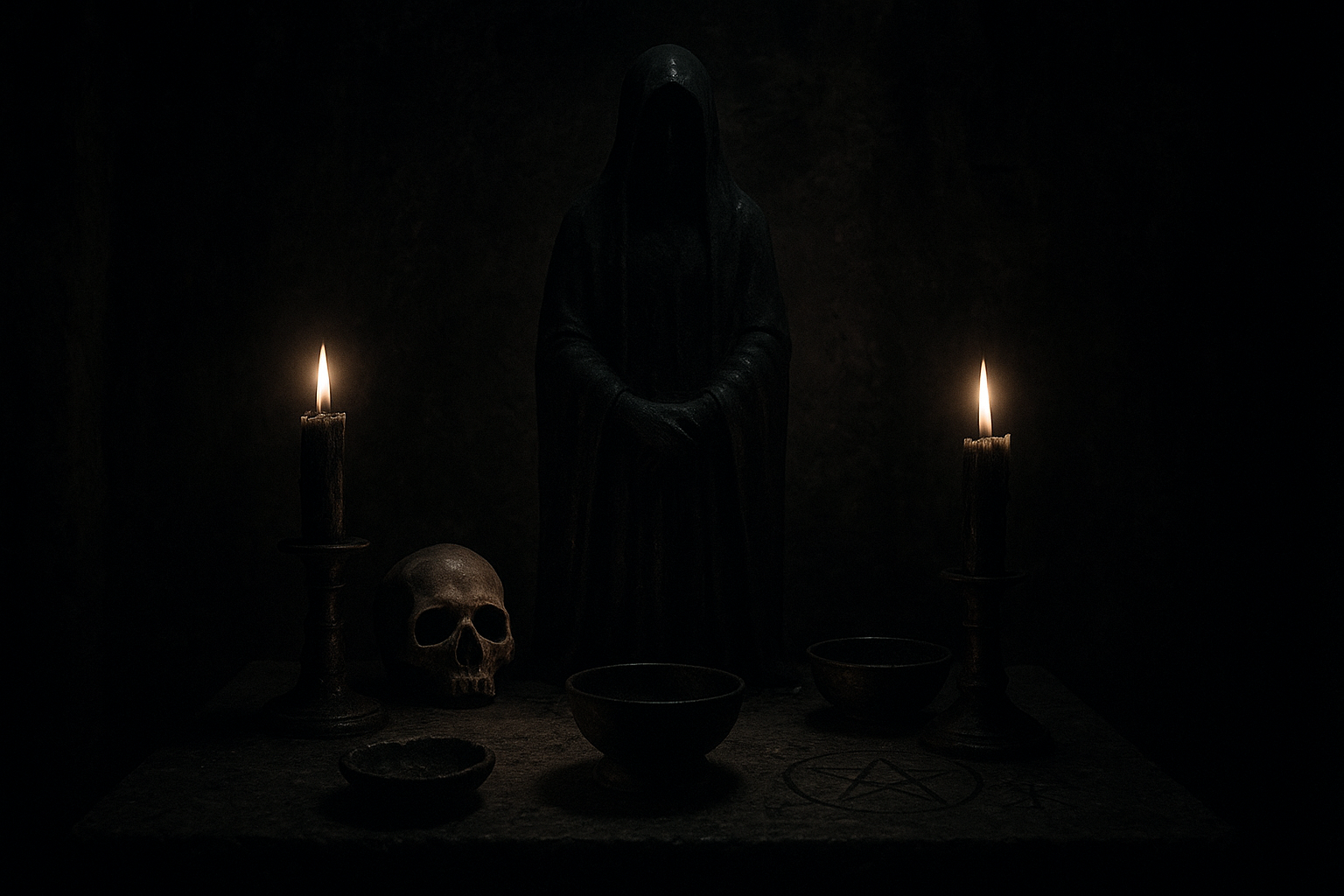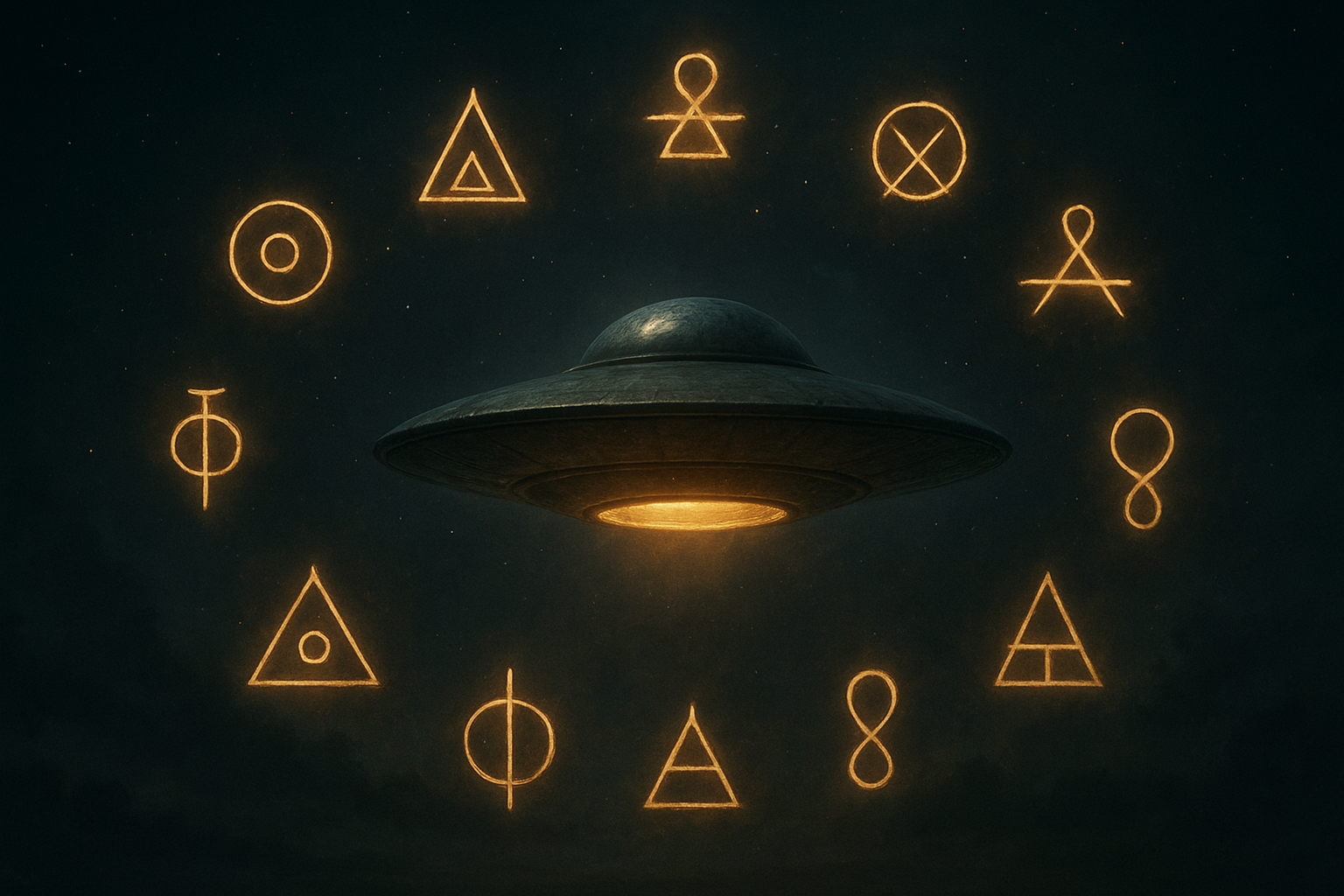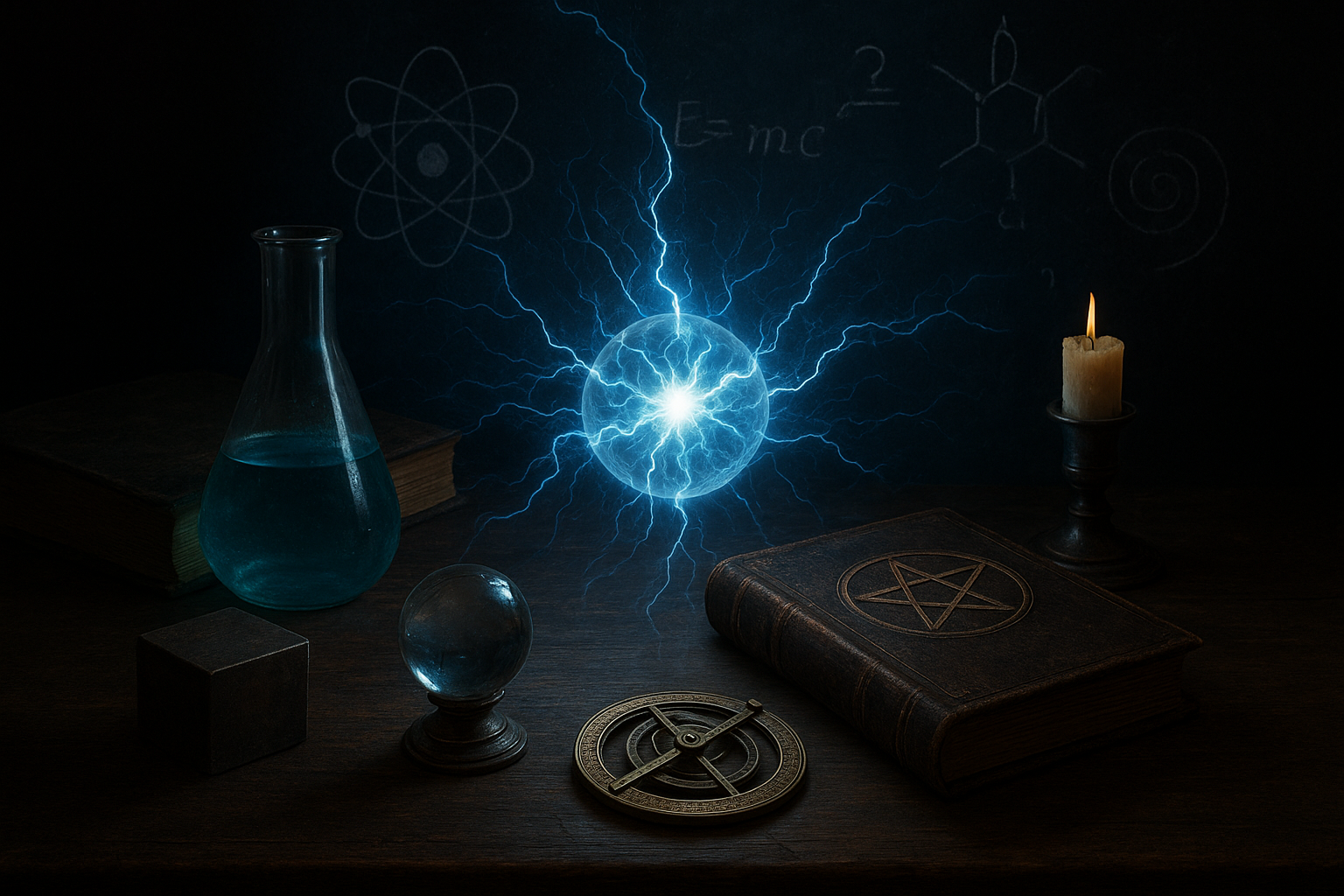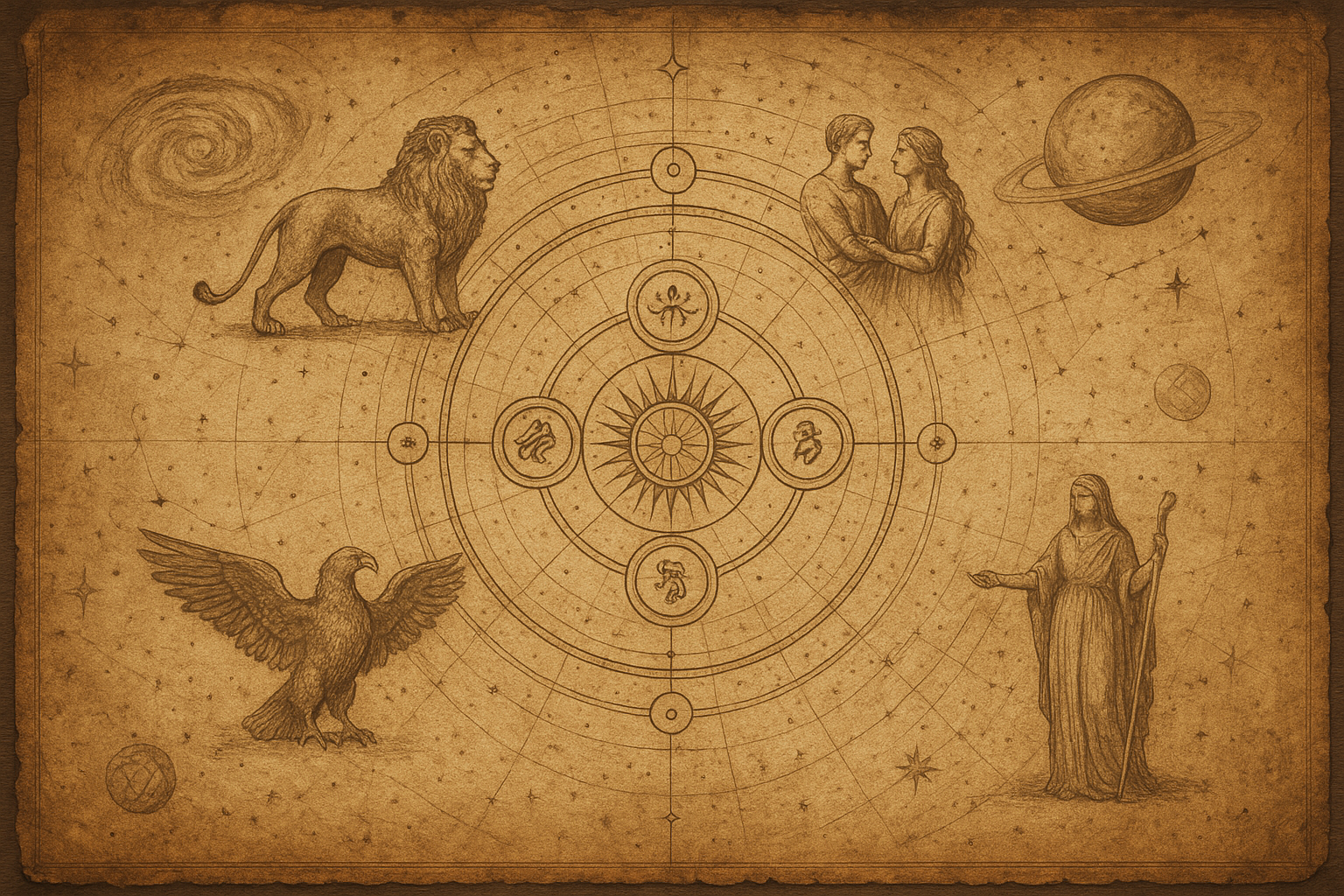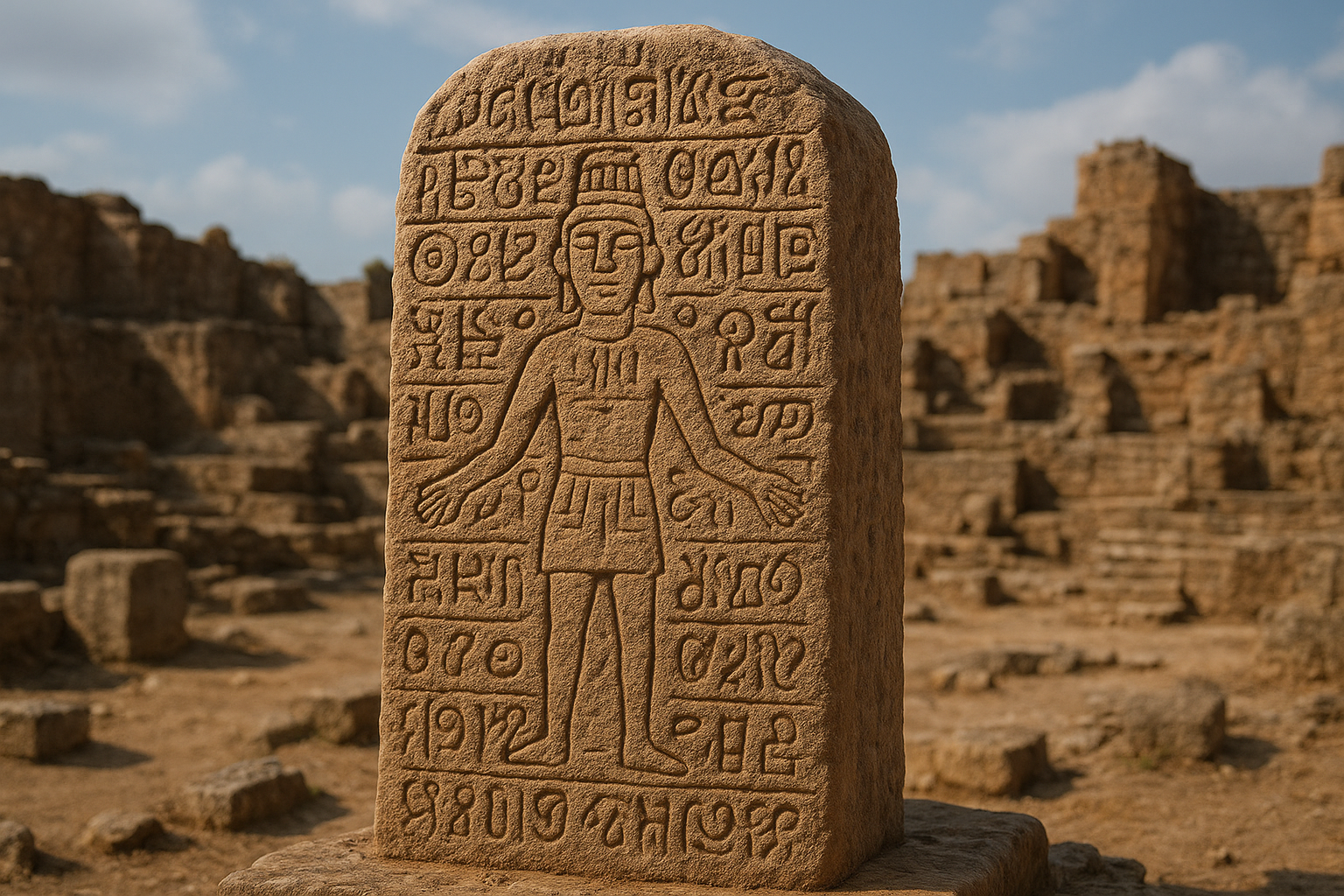Throughout history, humanity has grappled with the concept of eternal archetypes, those transcendent, non-material patterns that shape our consciousness and the structure of reality. These patterns seem to transcend cultures and epochs, appearing time and again in the myriad manifestations of human thought. As we delve into this concept, we expose the intricate web of repeated themes that exist beyond our individual narratives and personal experiences.
The Origin of Archetypes
The term “archetype” was popularized by psychologist Carl Jung, who saw it as a universal symbol that ties together the collective unconscious of the human experience. According to Jung, archetypes are inherited potentials which are actualized when they enter consciousness as images or manifest in behavior on encountering an external stimulus.
“Archetypes are like riverbeds which dry up when the water deserts them, but which it can find again at any time.” — Carl Jung
Yet, these archetypes do not exist solely within the realm of the psychological. They permeate every facet of human life, from mythology and religion to literature and art, implying a deeper undercurrent within the cosmos that orchestrates these patterns.
Archetypes in Mythology
Throughout global mythologies, we encounter numerous recurring archetypes: the Hero, the Mother, the Trickster, and the Wise Old Man, among others. These myths are reflections of these inner patterns, portraying our psychological drives and functions on a cosmic scale.
- The Hero’s Journey: Popularized by Joseph Campbell, the Hero’s Journey is an archetype representing personal transformation and adventure. The hero often faces trials, overcomes them, and returns home transformed, a metaphor for personal growth and self-discovery.
- The Great Mother: Found in deities like Gaia or Isis, this archetype embodies creation, fertility, and nurturing but also destruction, emphasizing the duality of life.
- The Trickster: Represented by figures like Loki or Anansi, the Trickster archetype reminds us of the complexity of duality and the thin veil between chaos and order.
These recurring themes suggest a shared tapestry of human experience, weaving together our fears, hopes, and aspirations into the broader narrative of existence.
Archetypes in Literature and Art
Beyond mythology, archetypes extend their influence into literature and art. The persistence of certain motifs in storytelling over time provides evidence of these underlying patterns.
“All literature is one story, there is the same revolt, attempted escape, lost terrain, and individually heroic combat.” — Northrop Frye
The structure of many stories, particularly in Western literature, echoes the omnipresent Hero’s Journey archetype. Characters like Frodo from J.R.R. Tolkien’s The Lord of the Rings or Harry Potter in J.K. Rowling’s celebrated series embody this universal narrative of struggle and triumph.
Archetypes Beyond Humanity: A Cosmic Pattern
While archetypes significantly shape human culture, some patterns suggest a reality that transcends our human-centric view. The concept of fractals in mathematics and the structured chaos of biological forms are compelling evidence of such universal patterns.
- Fractals in Nature: The repetition of geometric shapes that create clouds, coastlines, and even galaxies suggests a cosmic archetype of symmetry and repetition, speaking to a universal design not confined to biological life.
- Mathematics and the Golden Ratio: This number, approximately 1.618, appears in art, architecture, and nature, indicating a universal aesthetic that extends beyond human interpretation.
The intersection of science and spirituality may hint at a cosmic architecture, where archetypes are embedded into the very fabric of reality. This raises profound philosophical questions about the nature of existence itself.
Beyond the Human Perspective
Considering archetypes as a lens through which we can understand reality urges us to adopt broader perspectives, surrendering anthropocentric paradigms for more holistic, interconnected viewpoints. This challenges us to expand our consciousness and open dialogues about our place in the universe.
Astrobiologist and author David Grinspoon offers insight into how imagining cosmic stories can widen our philosophical perspectives, encouraging broader contemplation of life’s interconnected motifs.
“A truly planetary perspective is hard. But it can also be transformative, providing, to borrow Einstein’s phrase, ‘a widening circle of compassion.’” — David Grinspoon
The Future of Archetypes
As humanity advances technologically, the prospect of artificial intelligences grappling with these archetypes is inevitable. As these entities evolve, understanding whether they intrinsically develop similar archetypes could redefine our comprehension of consciousness itself.
The exploration of such possibilities beckons not merely philosophical or artistic inquiry but multidisciplinary collaboration. This junction of technology, philosophy, and science heralds a thrilling frontier in understanding the metaphysical bonds that unite us at the core of existence.
Conclusion
The eternal archetypes compel us to look beyond our immediate realities, exploring the grand tapestry of life and its underlying patterns. They inspire us to question our origins, our narratives, and the cosmos itself in a pursuit of deeper meaning and connectivity.
Embracing the universality of archetypes may be our passage to a more conscious, interconnected future—a renaissance where we honor the timeless patterns that hold the cosmos together.
